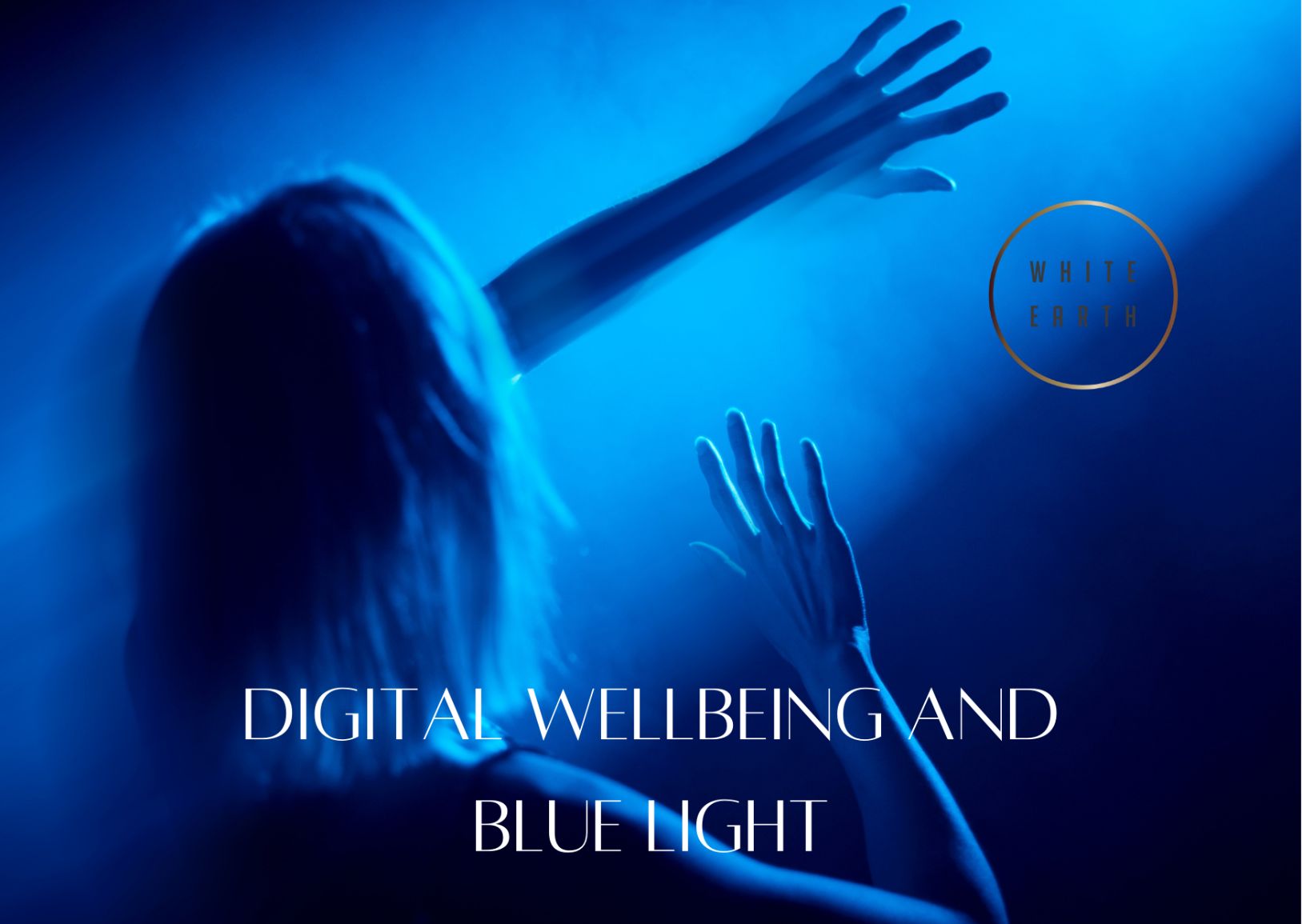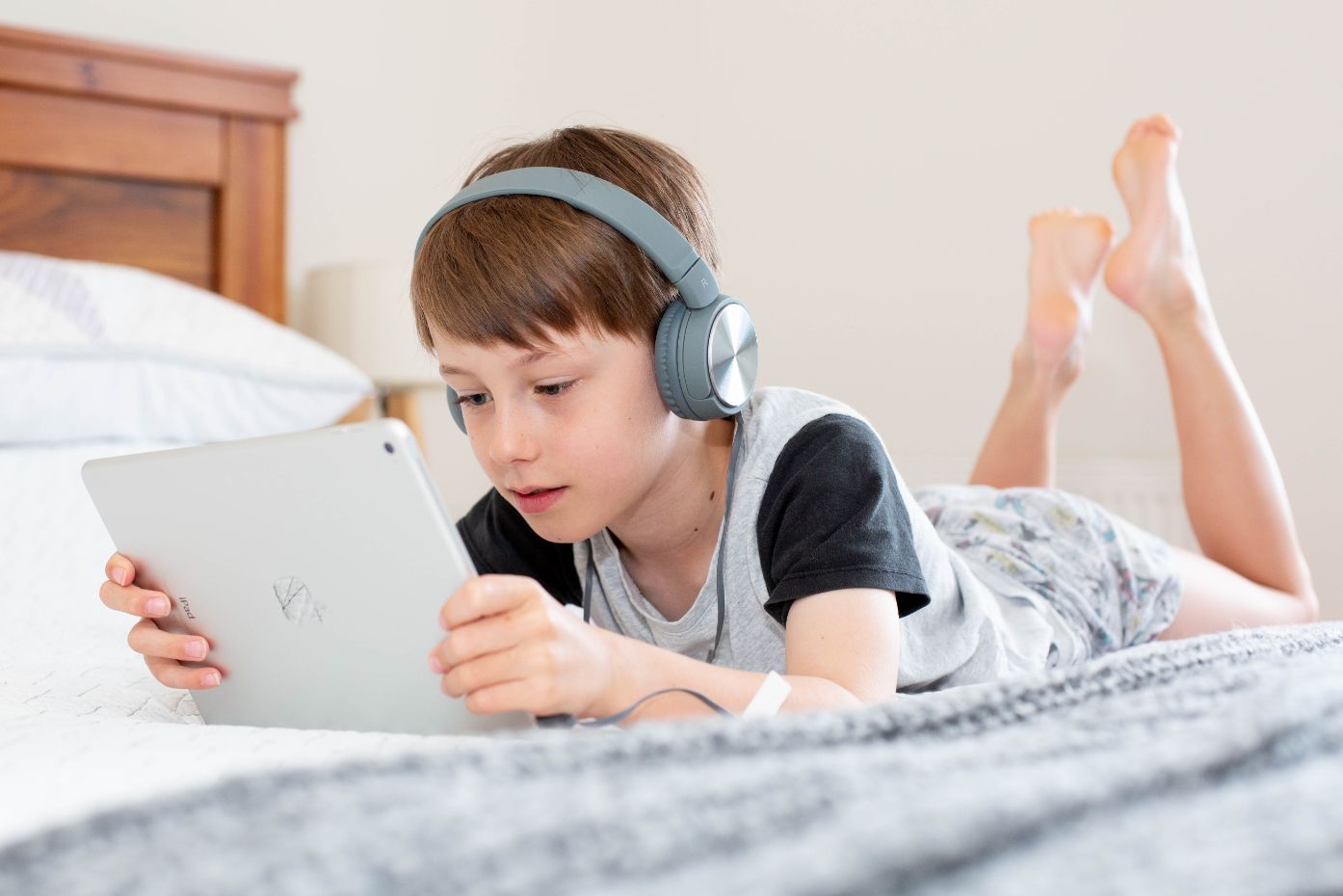
Digital Wellbeing: Reduce Inflammation, Improve Your Sleep, Lift your Mood…with Blue Light Blockers
- Post author:admin
- Post published:August 8, 2022
- Post category:Lifestyle / Wellbeing
- Post comments:0 Comments
The state of our sleep
This journal article isn’t all about sleep, it’s about the effects of blue light, but poor sleep is often the elephant in the room, blocking many of your wellness goals, including mood, weight, appetite, and energy.
If we look at the most recent Australian Sleep Health Survey, we can see that up to 45% of adults have impaired sleep. And a staggering 70% of these people report reduced capacity in the day as a consequence of poor sleep. That is a mammoth number of people who could be feeling great and reaching their potential. The question is, why are so many of us having difficulties sleeping?
First, let’s look at why a good night’s sleep is important. The research is clear on sleep.
Why do we need it? When we sleep we can:
- Better manage our responses to stress
- Regulate our hormones (how many of us struggle here?)
- Better make growth hormone for healing and repair
- Reduce inflammation in our bodies
- Have better immune system function (in fact, sleep is absolutely critical to a healthy immune system)
- Regulate our circadian rhythm
- Your brain does a big clean-up and detox while you sleep
- Resist making poor food choices (yep, less sleep means more impulsive eating)
I won’t pretend to have all the answers to this complex puzzle, what I will do is focus on one of the biggest contributors to sleep impairment – and that’s artificial BLUE LIGHT!
Some Light Facts: Blue light vs Red light
Blue light has a shorter wavelength and is higher energy, which may not mean a lot except to say that it is the predominant type of light from LED, fluro, smartphones, TV, and computers. And in this form, it is highly damaging. There is blue light from the sun, and in balance, it has some amazing benefits to our health. It increases your attention capacity, memory, responsiveness, and mood. Natural blue light also plays a pivotal role in melatonin production and regulating your circadian rhythm.
Remember, the key is that this type of blue light is balanced with the correct amount of other types of light on the spectrum, including red, UV, and infrared.
Red light is a warmer, less intense light with a much longer wavelength, used in saunas and therapeutic light lamps. We are coming to understand that red light (specifically, near-infrared) has many benefits for health, skin quality, wound healing, exercise performance and recovery, hair and eye health, thyroid health and much more.
Artificial blue light can impact your microbiome, having a negative effect on the beneficial bugs in your gut, also affecting eye health, derangement of your hormone levels, and altering mood.
All types of light, as occur in nature, are important for our health and wellbeing – but in balance.
It is the sheer amount of blue light, and our proximity to that blue light (I’m talking phones, laptops, computers, televisions) that is causing the problem. We have unprecedented excess exposure to blue light, and it gets so much more intense in the winter as our red light exposure lessens.
Here’s the rap sheet for unbalanced blue light exposure:
- Blue light depresses your ability to make dopamine, it initially increases dopamine production in the brain, but chronic exposure like in our homes and with our technology inhibits our ability to make dopamine.
- Causes digital eye strain including blurry, headaches, dry eyes, and light sensitivity
- Can lead to the acceleration of vision impairment, and places excessive strain on your visual organs. Reading off a screen is very different from reading printed text.
- Blocks the production of melatonin (more about that to come)
- Increases oxidative stress, inflammation in the body and shortens the life of your all important mitochondria.
Melatonin is an antioxidant and supports eye, gut, and immune health
Part of wellness involves working to support your body in making lots of beautiful melatonin. We all know it is for sleep, and that’s important, but did you know it is a powerful antioxidant?
Let’s just think about that for a minute, melatonin is an antioxidant, and blue light causes inflammation, oxidative stress and blocks your major antioxidant compounds.
We make our own melatonin, in response to a healthy diet and especially in response to that early morning sunlight! It sets the times ticking to start increasing melatonin levels around 2 hours before bed.
Besides supporting sleep, it will support the health of your immune system and also in the gut. Those of you trying to improve your gut health will LOVE melatonin. It helps with peristalsis, the gut contractions that move matter through the bowel. This is important for keeping gut infections under control and the hygiene of our gut. Serotonin jumps in here to work in synergy with melatonin to control how long food remains in the gut. Add to this that melatonin works to support overall gut health including gastric ulcers, nutrient absorption, and pancreatic function.
Melatonin also plays a role in eye health, protecting against glaucoma and macular degeneration. Blue light contributes and melatonin prevents the very same conditions. As you can see, blocking that blue light is key to your wellbeing.
Types of lighting to avoid
So we’ve worked out that blocking that blue light, especially in the evenings, (but in reality, blocking all digital and electric blue light) can be the simplest and yet most profound self-care step you can take!!!
SO… which lights do we avoid?
- LED
- fluro
- incandescent – high in blue light, high emitters of energy, invisible flicker, sleep disruptors, eye strain, mood disturbances
- smartphone light
- tablet/laptop light
- TV light
All of these will slowly chip away at your health and the answer is to look for warmer lights (like red globes) or block that blue light. The easiest way is to wear a pair of blue light blockers. They have a filter that prevents the passage of blue light into your eyes, which is where the blue light has its negative effects.

Your kids and blue light
Sometimes it feels like our kids are drowning in technology and it helps a little for us to do what we can to support and help them through. It’s exciting the opportunities our kids have with new technology, but not at the expense of their eyesight and overall well-being long term.
In kids, we see fatigue, tired eyes, headaches, and sleeplessness almost straight away with exposure to tech and blue light! Poor sleep in our kids, and particularly our teenagers correlates with mental health disorders, weight regulation issues, and even issues such as being more sensitive to allergens, and poorer immune function.
Bring them in-store, let them choose their glasses, and make their new blue light blockers a non-negotiable part of their online time. Trust me, they’ll accept that ‘quid pro’ if it means they are allowed on their device.
When to wear your blue light blockers
In a perfect world, you would wear your blue light blocker glasses
- anytime you are indoors and exposed to artificial light
- when you are on your phone or any other electrical devices
- at all times if you are sitting in front of a computer for work
Then simply take them off when you go outside or have no blue light exposure.
Luckily there are some beautiful frames that can give you a chic look as well as protect your long-term mental and physical health in a profound way.
Why We Love Baxter Blue
Baxter Blue are our blue light blocker, and digital de-stress partner of choice. They are an amazing Australian company whose lenses filter out up to 80% of the highest energy blue light wavelengths. Baxter Blue is committed to using the latest research evidence and technology to provide high-quality and effective products that protect you and your family. The team here at White Earth all use Baxter blue for their own families.
Check out our 2 favourite frames, Lily Blush Pink and Clark Gloss Black
It’s not just the blue light-blocking lenses that we love. Baxter blue has a broader view on digital detox and digital care. Here are some of the extra ways you can protect yourself:
- Sleep mist – a deep sleep pillow mist with lavender and chamomile to help with melatonin production and relaxation
- Digital de-stress roll on with peppermint, lavender, and marjoram to help counter some of the stress effects of screen time. Use your screen breaks to take some deep breaths of the de-stress roll on and rebalance your hormones
- Blue light defence hydration face mist – our favourite skincare tool for blue light exposure. Made with the active ingredient BlueShield®, this mist has been specially developed to boost the protection of the skin from increased exposure to digital pollution. Did you know the oxidative stress caused by blue light leads to wrinkles, collagen loss, and hyperpigmentation of the skin? Basically stress and inflamed skin.
Other strategies to support your wellbeing
- Firelight – this incredible light makes you feel relaxed in ways we all know. If you want a good sleep, an evening by the fire is the way to go.
- See the first light of sunrise – lots of natural blue light and healing infrared light. What does that morning sun do? It hits the 2000 mitochondria in every cell of your eye, turns off inflammatory processes, sets the timer on melatonin release that evening
- Rest your eyes when on the screen for long periods. Take a break, step outside, or do some breathwork
- Turn your overhead lights off at night, settle in for the evening with one lamp with a red globe
- Reduce your screen time – drop the scroll – it will do SO much more than rebalance your blue light exposure, but balance out your nervous system, mood, and concentration.
In a Nutshell
Blue light as it occurs in nature is key to your health and wellbeing. Exposure to natural light in all its forms is such a beautiful way to care for yourself. However, the sheer amount of artificial blue light and our closeness to that light is damaging in ways we are only beginning to understand. Reduce your exposure and block out as much as you can, on your skin but especially through your eyes. Support your sleep and put yourself and your family first with digital wellbeing.
References
Melatonin: Pharmacology, Functions and Therapeutic Benefits
Mechanisms of blue light-induced eye hazard and protective measures: a review
Ocular and systemic melatonin and the influence of light exposure
Melatonin: An Underappreciated Player in Retinal Physiology and Pathophysiolog





